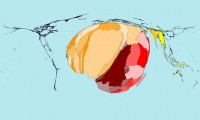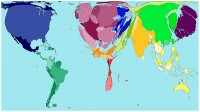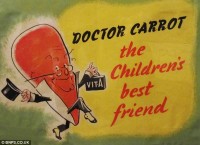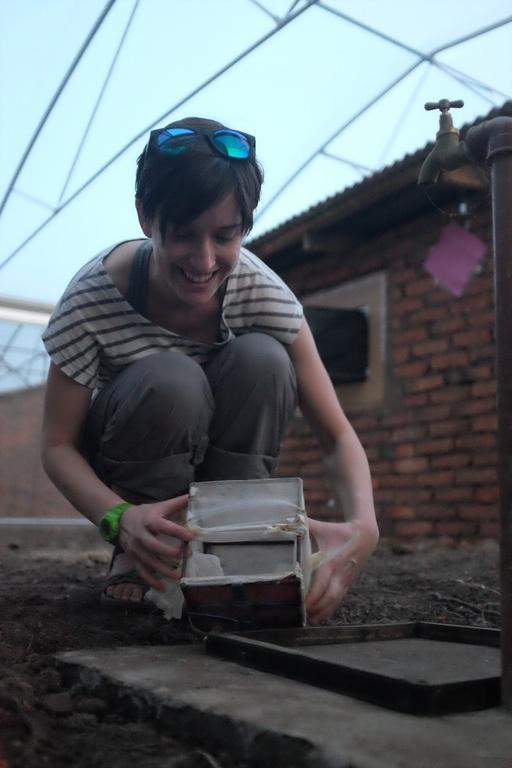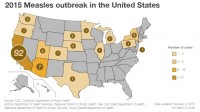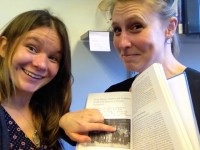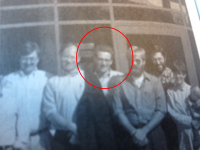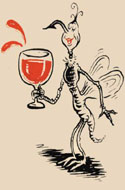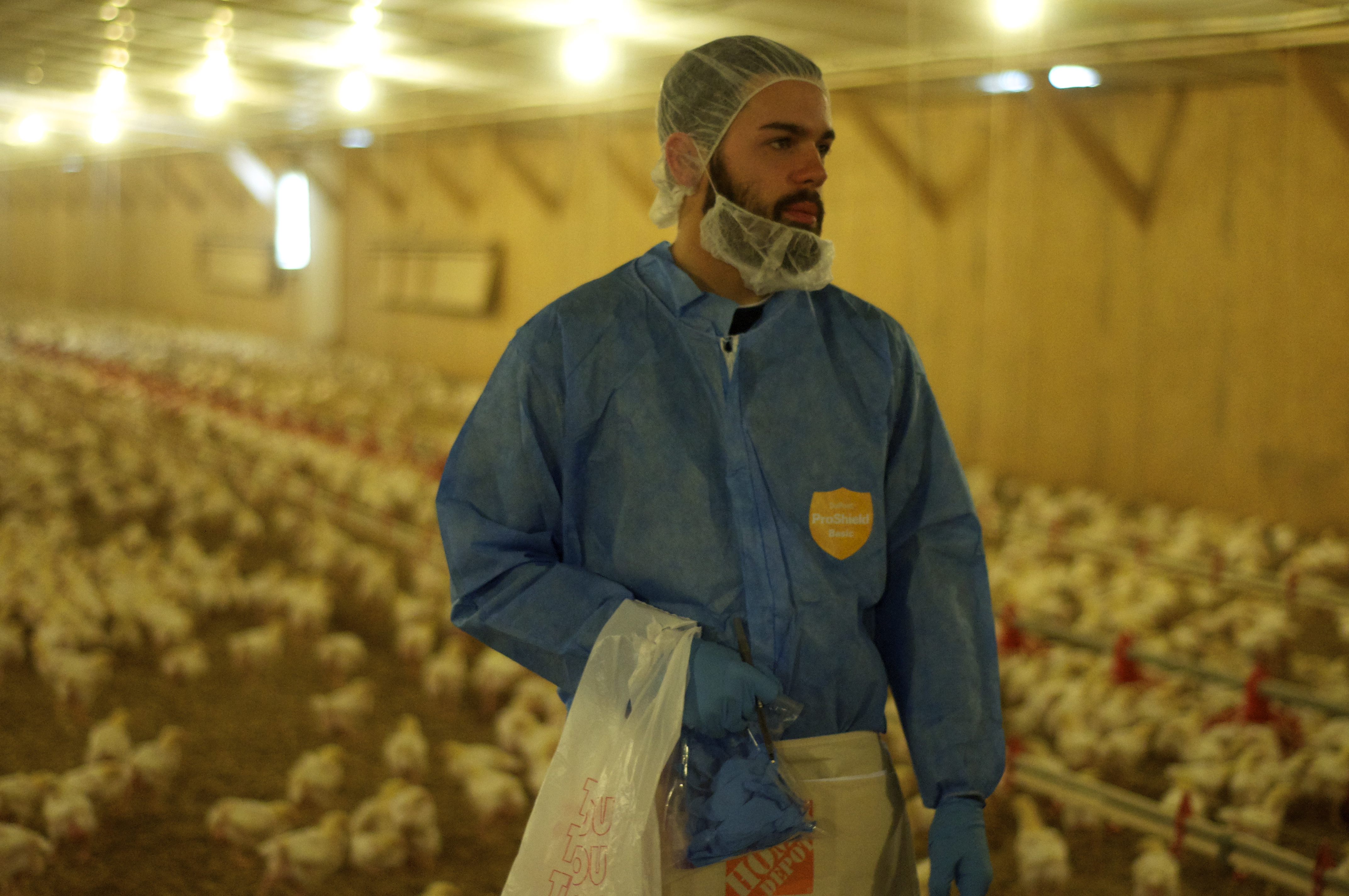“This would be a good country,” a tourist says to me, “if only you had some water.”
He’s from Cleveland, Ohio.
Edward Abbey opens a chapter of his book Desert Solitaire, with a short conversation that really encapsulates the remarkable situation that characterizes the Southwest: massive cities, massive populations; both arising on arid, water deprived land – a stupefying, unnatural demand for such an environment.
I recently saw a talk given by Glen MacDonald, a Professor of Geography at UCLA, and what he said and how he said it, staggered me. I’ll quickly remark here that important issues necessitate good speakers, and if there was ever a reason for a graduate student to improve their skill in giving talks, this is it. Important issues will not resound with the public unless they are presented with shattering clarity. I’m glad climate change and water resources in the Southwest have a speaking voice through Professor MacDonald.

Lake Mead, a reservoir that holds water which flows to big cities in the Southwest.
The water situation in the Southwest is more than dire. We are currently amidst a major drought that has taxed the Colorado River basin to its limits in its ability to provide water for cities in Arizona, California and Nevada. Lake Mead, a reservoir in Nevada that serves as a gauge for water availability, is nearly at a level that would require the federal government to initiate a mandatory rationing program in some states in the Southwest. The drought is not fueled by decreases in precipitation, but rather increases in evaporation due to climbing temperatures. Surprisingly, it’s not Jacuzzi’s and perfect manicured lawns that suck water from Lake Mead. According to Dr. MacDonald, 80% of water use (at least in Los Angeles) is used for agriculture maintenance. Feeding our population is heavily water intensive.
Dr. MacDonald went on to say that predictions on the length of the current drought are fraught with uncertainty, but if history can tell us anything, it is that droughts can last an immensely long time, and they have done so in the past. The question remains, what happens when these long term droughts hit now, when we have such massive developments? I think we need a massive rethink on how we are managing our water.
As scientists, we certainly have an obligation to present our field of research well and with passion, but I also think that we have a certain obligation to keep ringing the bells on important issues. This is important. I say we keep talking about it. We may not be experts as infectious disease evolutionary biologists, physicists, statisticians or biochemists, but as scientists and people who inhabit the earth, we need to be interested in how we mange it.

